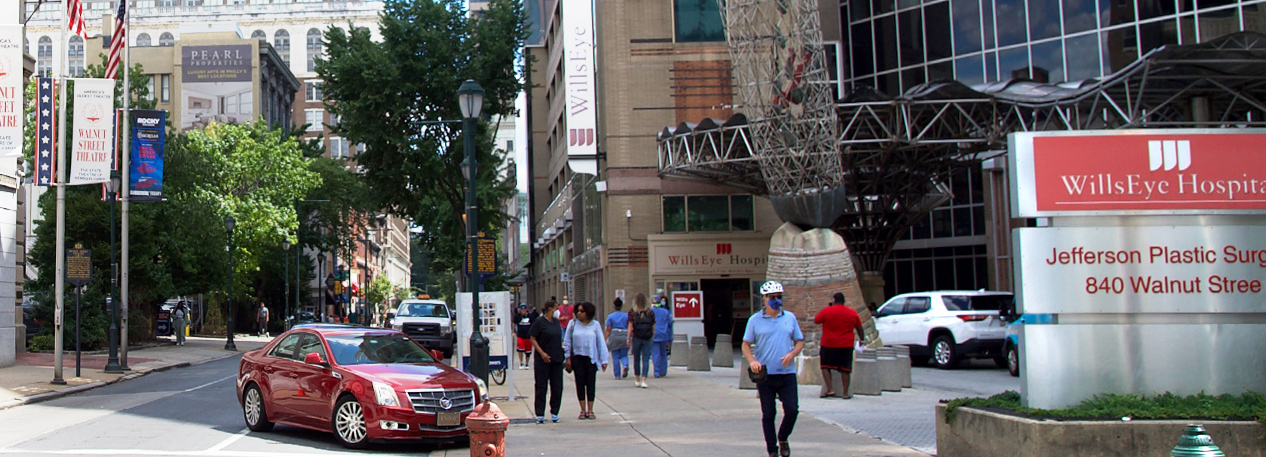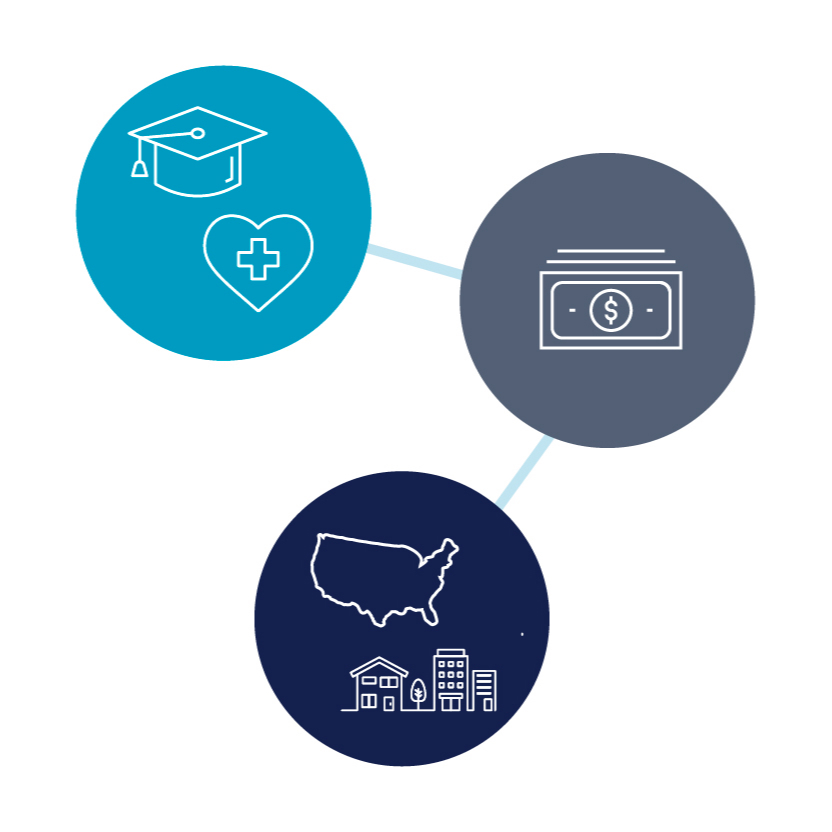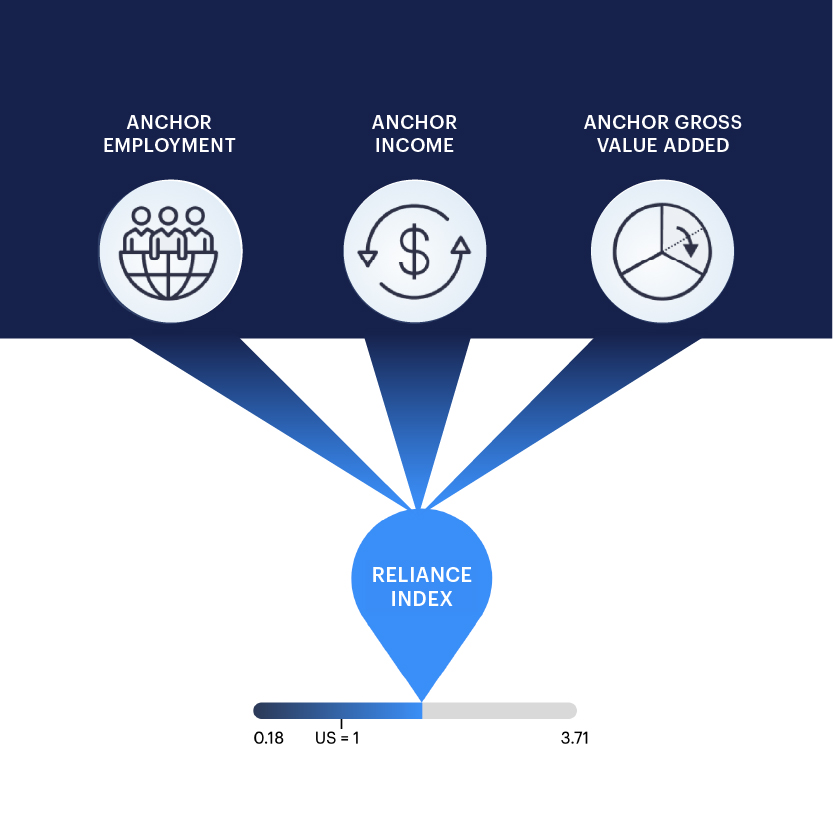
About
Anchor Economy Initiative
Anchor institutions play an important role in regional economies. These large, public-serving organizations provide jobs and services and support local economic activity. The Anchor Economy Initiative examines how hospitals and higher education institutions sustain jobs, drive economic growth, and support equitable regional development in 524 regions across the U.S.
Why Are Anchor Institutions Important?
Hospitals and higher education institutions contribute $1.7 trillion in goods and services to the U.S. economy annually and directly or indirectly support 18 million jobs — 9 percent of U.S. employment. These impacts vary greatly across U.S. regions, presenting different challenges and opportunities.
When anchor institutions thrive, they contribute to healthy regional economies. When they close or merge, the effects are wide-ranging. Better understanding the role of anchor institutions in regional economies can help community leaders and planners make informed choices as regions and anchor institutions evolve.


Anchor Economy Dashboard
The Anchor Economy Dashboard shows the economic impact of higher education and health-care institutions in 524 multicounty U.S. regions. It seeks to answer two important questions:
- What is the economic impact of higher education institutions and hospitals within their regions?
- How reliant are regions on anchor institutions for overall economic activity?
The dashboard includes data on employment, income, and gross value added (the value of goods and services that anchors provide).
The Anchor Economy Dashboard also includes a reliance index. This unique score demonstrates how dependent regional economies are on these institutions.
The dashboard is adaptable to user needs. You can compare all metrics in the dashboard across regions and download data for further analysis.
Latest Publications
-
Report
Do Anchor Institutions Support Regional Economic Resiliency? Evidence from Penn State University
19 November ’25
-
Article
Data on Anchor Institutions Help Inform Decisions at the Local, Regional, and State Levels
17 July ’24
-
Speech
Anchor Reliance in Regions
16 May ’24

Anchor Economy Research Report
This report provides a robust overview of the Anchor Economy Dashboard. We detail the data, explore initial insights, and demonstrate the potential of this new tool for assessing the impact of anchor institutions on regions and communities.
Featured Expert

Director, Anchor Economy